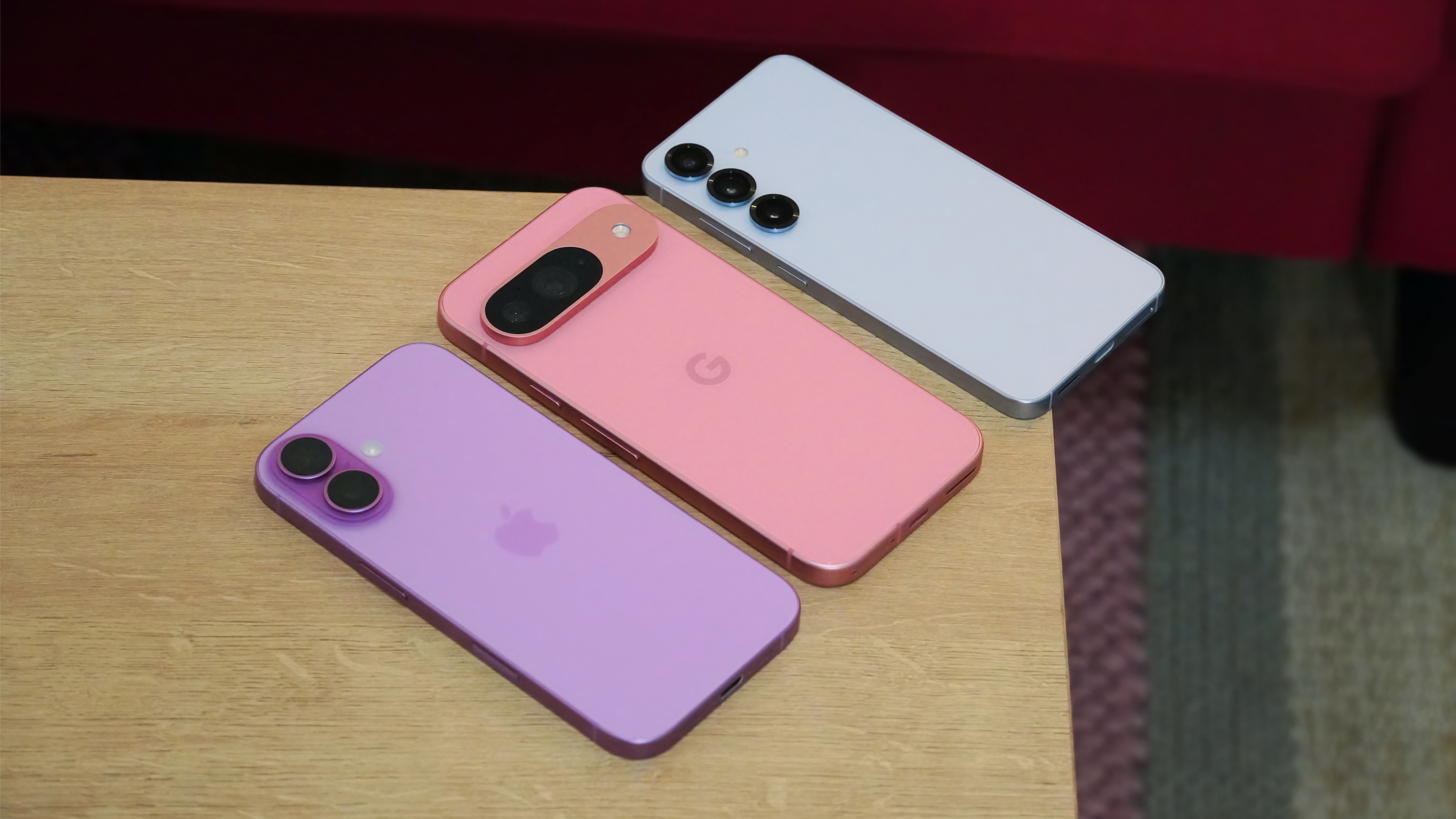2016
Google unveils the first Pixel phone
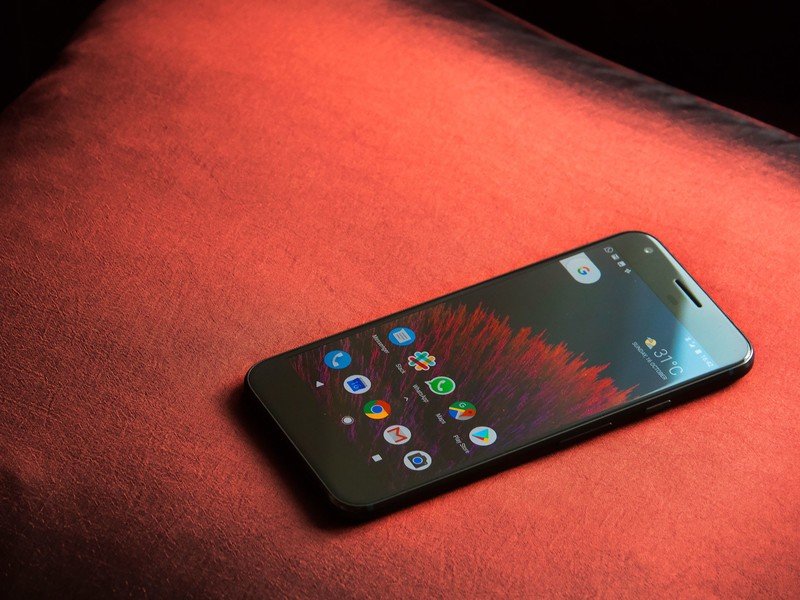
After years of putting out Nexus phones of wildly varying quality, Google finally launched its first own-branded handsets in the fall of 2016. Initial rumors pegged HTC as the manufacturer for the year's Google phones, after Huawei reportedly refused to work on a device which wouldn't be co-branded in any way. Huawei at the time was trying hard to push into the U.S. market, so a device that didn't advance its brand was a no-go.
With Huawei out of the picture, HTC — still a fairly major presence in the industry at that time — was keen to keep its partnership with Google going. That meant a sprint to the finish line through the rest of 2016 as the folks in Mountain View and New Taipei teamed up on the Google Pixel and Pixel XL.
By all accounts, the critical reception to the first Pixels was rather positive. The design was a bit boring, the base 32GB of storage was a bit cramped, and it was missing water resistance, which at the time was just starting to become table stakes for high-end phones. In these areas, the Pixel was a step behind the competition.
But this was the first proper Google phone. And so reviewers, yours truly included, looked past these gripes and instead found themselves enamored with the Pixel's phenomenal camera, speedy performance and intelligent new Assistant.
I collected my Pixel XL review unit less than 24 hours before a weeklong trip to China — perhaps not the best locale to get to know a phone built around Google services, but data roaming and VPNs ensured the essential apps and features kept humming along.
One thing the Great Firewall couldn't block, however, was the Pixel's awesome camera. The Pixel camera was the biggest showcase to date for a technology known as GCam (Google's internal name for HDR+.) This had been an optional setting on every Nexus phone since the Nexus 5, but the Pixel saw it fine-tuned, supercharged on faster hardware and most importantly, enabled in every photo. Google had brought Computational Photography — photography enhanced by the power of speedy phone processors — to the mass market. And at that time, it had an enormous lead.
So whether it was super-stabilized 4K video walking through Shenzhen's Huaqiangbei shopping district, or night-time shots on the water in Shanghai or Hong Kong, I shot some of the best photos I'd ever taken on the first-gen Pixel. For me, the Google integration of this first generation of phones was almost secondary — as were its well-documented shortcomings. What made the Pixel a joy for me to use was the camera.
Be an expert in 5 minutes
Get the latest news from Android Central, your trusted companion in the world of Android
The Galaxy Note 7 blew up in Samsung's face
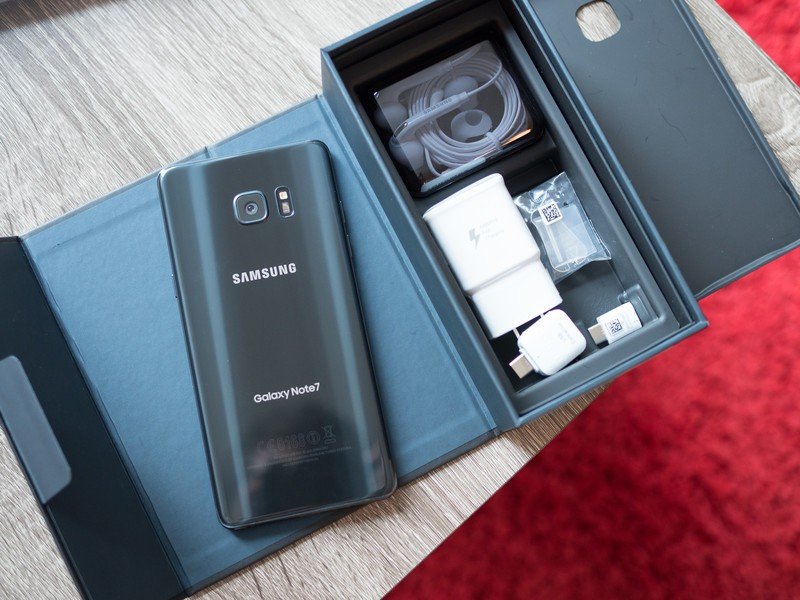
I've seen plenty of disastrous Android phone launches through almost a decade at Mobile Nations, but nothing quite compares to a handset literally catching fire and exploding — twice. It's a story that students of marketing and PR are sure to pore over in decades ahead, as Samsung had to recall its most advanced, high-priced Android flagship, replace it, recall it all over again and ultimately cancel the whole thing.
The story starts shortly after launch with a handful of reports of early Note 7 users experiencing battery overheat issues in Samsung's native South Korea. One or two defective units out of millions are easy to explain away, and so the story simmered through most of August 2016. But then they kept coming, and coming. And then not just in Korea. Batteries in units in China and the U.S. were overheating, catching on fire, and yes, exploding — some of them on camera. From a PR perspective, images of your shiny new product, charred and wrecked, on nightly newscasts were far from ideal. Samsung risked losing years of customer goodwill.
When eventually it became clear that exploding Note 7s were indeed a thing, thanks in part to some excellent reporting by The Verge, events quickly overtook Samsung. Phones were allegedly exploding on peoples' nightstands, in their pockets, and on airplanes. And as the manufacturer was scrambling to understand what had gone wrong, regulators in countries across the world sprung into action. It quickly became forbidden to bring a Note 7 onboard a plane, or send it through the mail. Even Samsung had to ship them back to Korea by sea, in specially fire-insulated boxes.
Samsung knew it had a serious problem on its hands. PR reps at the IFA trade show in Berlin were quickly recalled home, and the Korean mothership took control of the messaging. The company eventually voluntarily recalled the Note 7, delaying the European launch for the phone in the process.
In early September, Samsung revealed that it'd pinpointed the origin of the Note's incendiary tendencies: Unsurprisingly, a hardware defect in the battery itself. New units, with different batteries, would be rolling out in the weeks ahead, and would sport fancy green battery icons to let users know all was well.
Only all was not well. It only took a few more weeks for reports of these new Note 7s catching fire to surface. And the reports weren't isolated. More new Notes from more countries were continuing to go up in smoke. Speculation at the time was that Samsung had rushed the new units to market and failed to properly address the underlying issue.
At this point, the Note 7 was irrecoverable. And the task facing Samsung became one not of rebounding into success for one particular product, but preventing this catastrophic phone launch from permanently tarnishing its mobile brand.
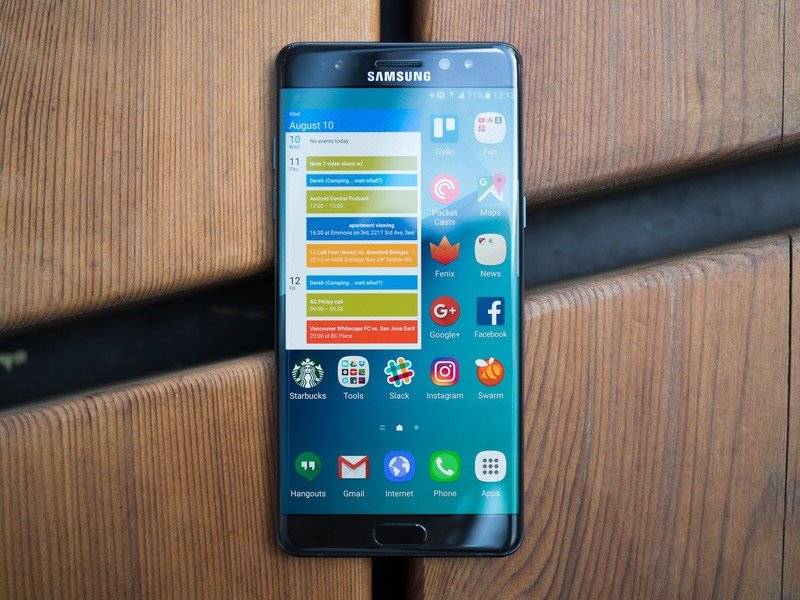
Note 7s, both new and old, were collected by carriers and Samsung itself, packaged in the aforementioned fireproof boxes, and shipped back to Korea for postmortem. Samsung was left with egg on its face, damage to its reputation and a charred, 5.7-inch diagonal hole in its fall 2016 lineup.
The fallout of the Note 7's cancellation is every bit as fascinating as the events that led to it. Samsung eventually revealed that a second unrelated battery hardware flaw had resulted in the supposedly fixed batch of Notes catching fire, and pledged a new regimen of battery safety tests for future phones, starting with the Galaxy S8. The following two generations of Samsung flagships would play it decidedly safe in terms of battery capacities — where critics said Samsung had overreached in the cancelled model — lest the Note 7 debacle repeat itself.
Samsung gradually started pushing out updates to reduce the Note 7's maximum charge level, and eventually prevent charging altogether, to prompt the few holdouts from retaining the potentially dangerous handset. Outgoing non-emergency calls from Note 7s on some carriers were forwarded to customer services to arrange for the offending unit to be picked up. Even then, a small faithful held out, refusing to update their firmware and using the recalled Note at considerable risk to themselves and those around them.
That was a sign of just how loyal Samsung's Note fanbase had become. After the second recall, the firm quickly rebounded from a period of dreadful PR, which also saw the family-led group's heir going to jail for corruption. Samsung came back fighting with the Galaxy S8 and Note 8 series, and fans were ready to forgive and move on. As much as Samsung had fumbled its communications in the immediate aftermath of the first Note 7 fires, it compensated it in the long run with clear explanations of the specific issues, and the steps taken to avoid a repeat in future phones.
Two years later, it's startling that barely anyone was talking about the Note 7 debacle, outside of a few snarky callbacks in blog posts.
Google Duo debuts and is actually pretty popular
In 2016, as is traditional for all years with a number in them, Google launched new messaging applications. The ill-fated Google Allo was the first, shown at the Google I/O conference and rolled out in September. But the second avoided Allo's fate and continues to be a staple of Google's mobile services loadout to this day.
Google Duo was intended to take on Facetime, the ubiquitous video calling app for Apple devices. Duo was optimized for weak connections like WhatsApp, and worked based on phone numbers, also like WhatsApp. Unlike WhatsApp, though, it was preloaded on just about every Google-certified Android phone, giving it an automatic potential user base in the billions. Google also boosted Duo's profile with cutesy features like "knock knock," giving recipients a preview of the person who's calling before they pick up.
The problem with Duo, like all Google's recent messaging efforts, was that it lacked the most important feature of any chat app — your friends. By 2016, many of us in the West were stuck in our ways when it came to to which messaging apps we liked to use. For those of us with a home screen folder full of half a dozen offerings, adding yet another from a company with a poor history of follow-through on unpopular services was an irksome proposition.
Then again, Duo has so far stood the test of time, perhaps through sheer force of market presence. Google Duo now stands at 4 million users on Android alone. Will it stick around or be Killed by Google? We'll have to wait through the next decade to find out.
Google brings AI mainstream with the Google Assistant and Google Home
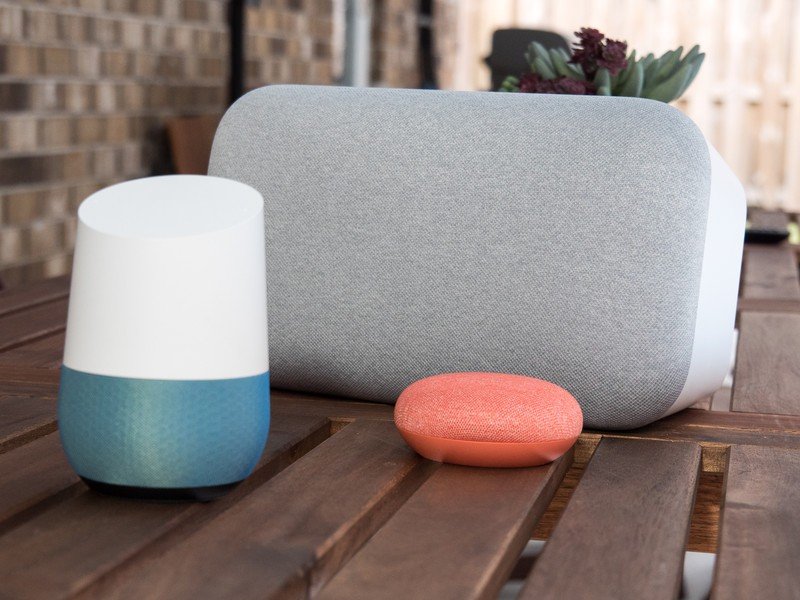
Voice control in Android is nothing new — it's been around since before phones were all interchangeable, extra-tall touchscreens. But the Google Assistant, debuting in 2016, was supposed to be different. Assistant was supposed to make Google more personable — instead of talking to an all-seeing corporate overlord, you were talking to your own personal assistant.
Assistant was to be more useful too, as well as more personable. Because it had access to all the data in your Google account, it could show you your photos, share stuff with contacts and between apps, and understand the context of human speech better than its competitors at the time.
This new product, which eventually seemed like just an offshoot of Google Voice Search, was to become an integral part of Google's push towards an AI-first vision. Whatever Google (or indeed non-Google) device you were using, whether it was a phone, a tablet, a Chromebook, a smart speaker, the user-facing personality.
Assistant came into its own on the Google Home smart speaker, launched in the U.S. in late 2016 alongside the Pixel phones. Google Home, as well as being a pretty decent miniature speaker, was a pedestal for the new Assistant, because almost everything you did on the device had to go through the Assistant. Thankfully, for an audio-only device, this worked pretty well, and the original Google Home spawned the following year's Home Mini, and eventually, the company's current loadout of Nest Hub products.
Although the 2016 launch of Google Assistant on the ill-fated Allo chat platform was one of 2016's more low-key Android moments, there's no denying its longterm significance.
Android 7 Nougat helps save hard-working batteries with Doze
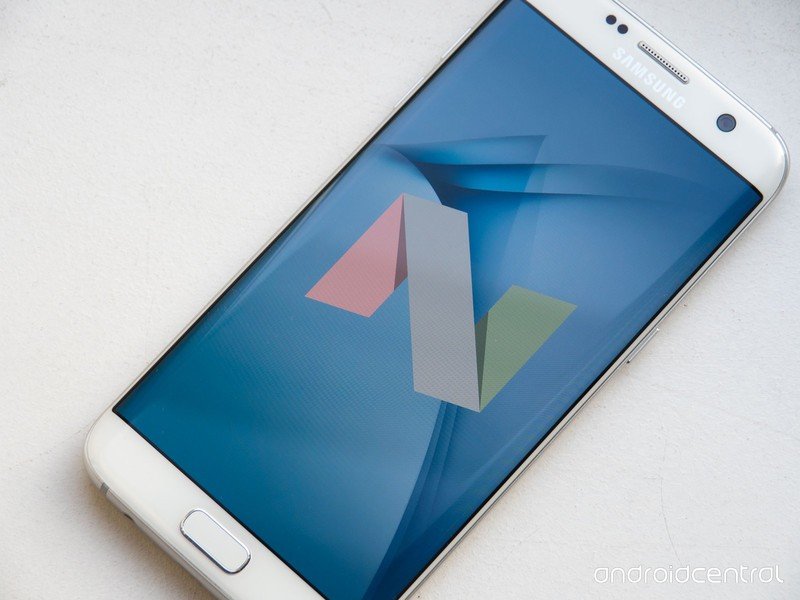
Looking back, there's not a whole lot that excites about Android 7 Nougat. The name is awkward to say (especially if you insist on pronouncing it with a hard T.) in one of those years where Google either couldn't think of a better sweet treat, or fumbled a rumored corporate partnership with Nutella maker Ferrero.
But the OS itself brought many of the features we take for granted in Android today, as Google hit its stride making a true 64-bit operating system, and started to layer meaningful features on top of the old Marshmallow release.
Multi-window finally came to Android, bringing the entire OS into line with what Samsung had first pioneered in 2012's Galaxy Note 2. The "Project Doze" initiative stopped lesser-used apps from gorging themselves on power in the background. And the new notification system let you reply to messages right from the notification shade, without opening the app. This was an Android update that combined lots of small upgrades into a very compelling overall package.
Many people experienced Android 7.1 Nougat for the first time on Google's Pixel phones, to which it was briefly exclusive. Early Nexus owners would first get version 7.0, which brought all the new features they'd been expecting (minus the Pixel UI), though with some compromises around performance and battery life.
Nevertheless, Android 7 is an important milestone for the OS. It's the first version to shop on a Pixel; the first to get serious about conserving power, and bringing disorderly background apps in line. And you could double-tap the Recent Apps key to hop between two apps — awesome!
Google Daydream debuts
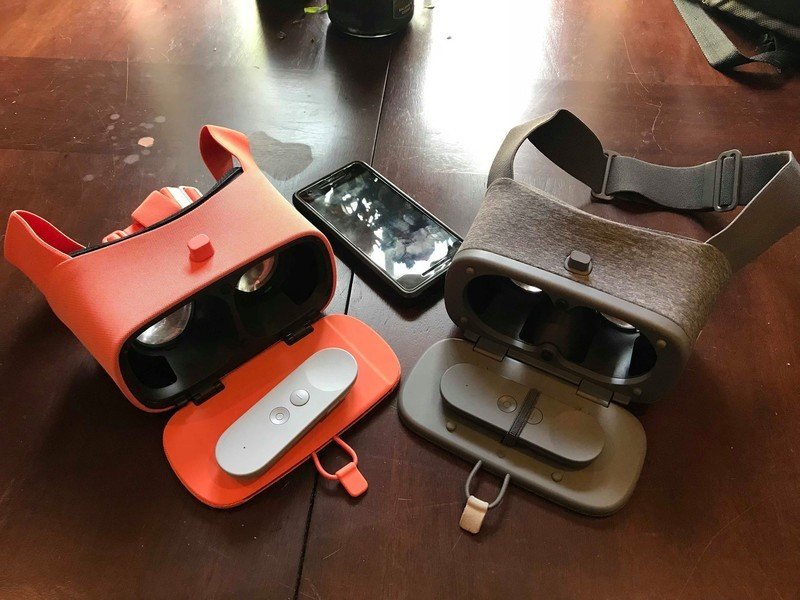
Not every Google launch in 2016 was an Assistant or a Google Home or a Pixel. Daydream was Google's ill-fated venture into smartphone-based VR, which actually formed a major part of Android Nougat. Google's OS was optimized to also help high-end phones double as makeshift VR displays.
Like other smartphone-based VR endeavors, the idea was to create a top-notch VR experience by taking advantage of the high-resolution screen and processing power you already own — in your phone — along with a relatively cheap plastic headset. Setup for Daydream was less clunky than Samsung's Gear VR at the time, and Google did an admirable job of courting both device makers and content providers to get Daydream phones, headsets and apps onto users' faces.
Mobile VR, in general turned out to be a hard sell. First you needed a high-end Android phone — a very specific high-end Android phone at that, then you needed a piece of kit to plug it into that'd run a hundred dollars extra. And you'd still look like an idiot if you used it outside of the house.
With the benefit of hindsight, the market for smartphone-based VR was just too much of a niche. There was a gulf between it and the literally-named Google Cardboard in terms of quality, but also, unfortunately, in terms of price and accessibility. A couple of years after Daydream debuted, it and smartphone VR in general was in decline. The future of VR, it seems, now lies with expensive PC setups and cheaper dedicated headsets.
-Alex Dobie

